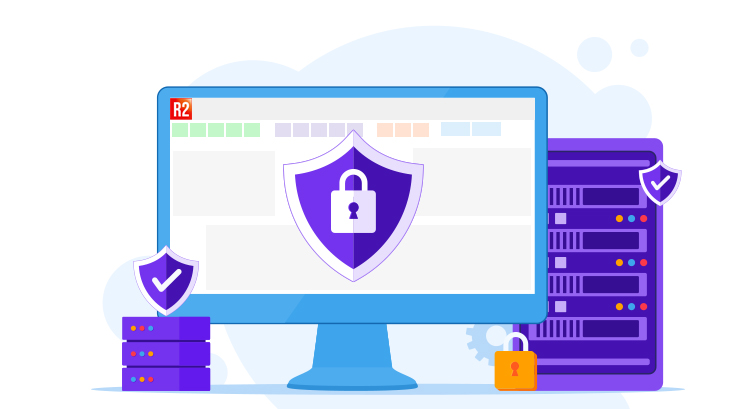Enhancing Security
Why Remote Desktop Services Trump Web Access with SSL

In today's interconnected digital landscape, security remains a paramount concern for individuals and businesses alike. With the increasing demand for remote access to applications and data, the debate between Remote Desktop Services (RDS) and web access with Secure Sockets Layer (SSL) encryption has gained prominence. While both methods strive to ensure data protection, this article delves into why Remote Desktop Services stand out as a more secure option compared to web access with SSL.
Understanding the Basics
Before delving into the security aspects, let's briefly outline the two approaches:
- Remote Desktop Services (RDS): RDS allows users to remotely access a computer's desktop environment and applications. It establishes a direct connection between the user's local device and the remote server, enabling them to interact with the host system as if they were physically present.
- Web Access with SSL: Secure Sockets Layer (SSL) encryption, now succeeded by Transport Layer Security (TLS), secures data transmitted over the internet between a user's browser and a web server. SSL/TLS certificates encrypt data in transit, ensuring confidentiality and integrity.
1 Reduced Attack Surface
Remote Desktop Services typically operate over a Virtual Private Network (VPN) or a dedicated connection, which inherently reduces the attack surface. By establishing a direct connection, RDS minimizes the exposure to potential threats that could exploit vulnerabilities in web applications.
2 Centralized Control
RDS offers centralized control over user access and permissions. Administrators can manage who can access specific resources, applications, or data, reducing the risk of unauthorized access or data leakage. In contrast, web access through SSL can be more challenging to manage, especially with multiple web applications spread across different servers.
3 Limited Web Application Attack Vectors
Web applications accessible through SSL face a range of vulnerabilities, including SQL injection, cross-site scripting (XSS), and cross-site request forgery (CSRF). While SSL encryption protects data during transmission, it does not inherently shield against these application-level threats. RDS, on the other hand, provides a more isolated environment, reducing the chances of exploitation through web application vulnerabilities.
4 Stronger Identity Verification
RDS can be configured to require multi-factor authentication (MFA) before granting access. This adds an additional layer of security by verifying the user's identity through multiple means, such as something they know (password), something they have (security token), or something they are (biometric verification). While SSL/TLS also supports client certificates for authentication, implementing MFA with RDS offers a more robust defence against unauthorized access.
5 Protection Against Keyloggers and Malware
One of the significant advantages of RDS is that it operates on the host system, not on the user's local device. This means that even if the local device is infected with keyloggers or malware, the remote session remains relatively secure. In a web access scenario, if a user's device is compromised, the encrypted data sent via SSL can still be intercepted and decrypted by the malware.
6 Encrypted Data Transmission and Storage
While both RDS and web access with SSL offer encryption, RDS extends this encryption to data storage on the remote server as well. This ensures that sensitive information remains protected even when stored on the host system, adding an extra layer of security beyond data transmission.
In conclusion, while both Remote Desktop Services and web access with SSL encryption are designed to enhance security, the former provides a more comprehensive and inherently secure approach. By minimizing attack surfaces, centralizing control, and offering stronger identity verification, RDS mitigates many of the vulnerabilities associated with web applications accessible through SSL. As organizations continue to prioritize data protection and secure remote access, choosing the right approach can make all the difference in maintaining a robust and resilient cybersecurity posture.